ASHFORD PORT HEALTH ARE APPROVED FOR CERTIFYING EXPORT HEALTH CERTIFICATES
Find out more information about approved certifiers.
Should you require further information regarding IUU Consignments, Export Heath Certificates, POAO, please email porthealth@ashford.gov.uk
Ashford Port Heath are recruiting - please click for more information.
Third Country Origin Fish Arriving via Eurotunnel
Products Subject to Import checks
The Regulation applies to marine caught fishery products. Freshwater and farmed (aquaculture) fish and marine fish imported for ornamental purposes fall outside of the scope of the Regulations 1005/2008. A full list of the exempt products can be found in Annex II of Regulation 1005/2008.
Composite Products
The regulation also applies to composite fishery products (i.e. products which contain wild caught fish and other ingredients). If the product falls under CN Code 03, 1604 and 1605 a catch certificate will be required.
You may be required to provide written confirmation from HMRC Tariff Classification Team of the commodity code for your consignment. View HMRC guidance on classifying your goods.
Pre-notification
Importers are required to notify Ashford Port Health 4 working hours before the consignments intended arrival into Great Britain.
Currently, our office hours are Monday – Friday 09:00 – 17:00
The importer will be required to register for a PHILIS account to enable completion of the online pre-notification form which may take several hours to be approved. Once approved a confirmation email will be received by the importer which will contain their log in details and organisation number.
A ‘help’ button can be found under the support button within the PHILIS system once you have logged in which provides information on how to submit a pre-notification. You will have to complete mandatory boxes and then save and submit the pre-notification. A box will appear stating ‘Submitted successfully’. Supporting documentation (catch certificates, sea waybill, invoice, packaging lists etc) must be attached to the pre-notification.
Documentary Check
All imports will be subjected to a documentary check to ensure that the catch certificate and associated paperwork relates to the consignment and that is valid. The catch certificate template will be checked along with the stamps and signature of the Flag State, vessel details against the list of vessels known to have been engaged in illegal fishing activities, catch areas and Regulatory Fishery Management Organisation information where applicable. On completion of a satisfactory check an email will be sent to HMRC releasing the goods
We would like to provide some guidance regarding what documents are needed when carrying out a full documentary check in accordance with the IUU Regulations.
In order for us to sign off the consignment as satisfactory, we need to be able to complete IUU inspections. We need to know whether the consignment is a Direct Import or an Indirect Imports (In other words, if the import originates from a country other than the flag state or not).
To help make the process run smoothly, you need to provide all necessary supporting documentation.
Direct Imports (export occurs from the same country as the vessel flag state)
We need:
- Original Catch Certificates (including electronic catch certificates) or
- Catch Certificate Summary for multiple Catch Certificates and commercial documents (bill of lading ,invoice etc).
Example: The importation of a catch caught by a Norwegian flagged vessel, landed in Norway and from there sent direct to GB (after processing/storage in Norway or not)
Indirect Imports (from a country other than the flag state, where the catch might have been processed or stored)
We need:
- Storage Certificate (if the product has not been processed): Including Description of product, Dates of Unloading and Re-loading, Conditions of Storage, and Details of Transport. Also should include a no manipulation declaration.
- Processing Attestation (if the product has been processed): Following model of the IUU Regulation 1005/2008 Annex IV validated by the Competent Authority;
- Validated copies Catch Certificates used for final product.
Example: Importation of a catch caught by a Norwegian flagged vessel, which is landed and stored in Denmark for 3-4 days and from there sent to GB. In this case we would need a storage certificate from Denmark accompanied by the copy of the Norwegian certificate.
Please be aware that both, Storage Certificates and Processing Attestations, will be deemed not valid if they are not accompanied by the copies of the Catch Certificates related to those consignments.
Electronic Catch Certificates
For countries issuing electronic Catch Certificates (Norway, Iceland, etc) it will be necessary to include additional catch information from the sales note document for each vessel (see box : Sales note number)
Example: If a catch certificate come from Norway and is trucked and stored (or processed) in Denmark before import to UK, we will need: Electronic Catch Certificate from Norway, sale notes from each vessel, Storage Certificate (or processing attestation) from Denmark and also bill of lading and commercial documents.
Reminder: In all cases, we need
- The bill of lading and
- Other commercial documents (e.g. invoice, packing list, delivery notes etc)
Finally, it is important to remember that Catch Certificates need to be signed by all parties involved (exporter, importer, validating competent authority etc.) with all boxes in the certificate completed accordingly.
Questions
Should you require any further information, please contact us.

